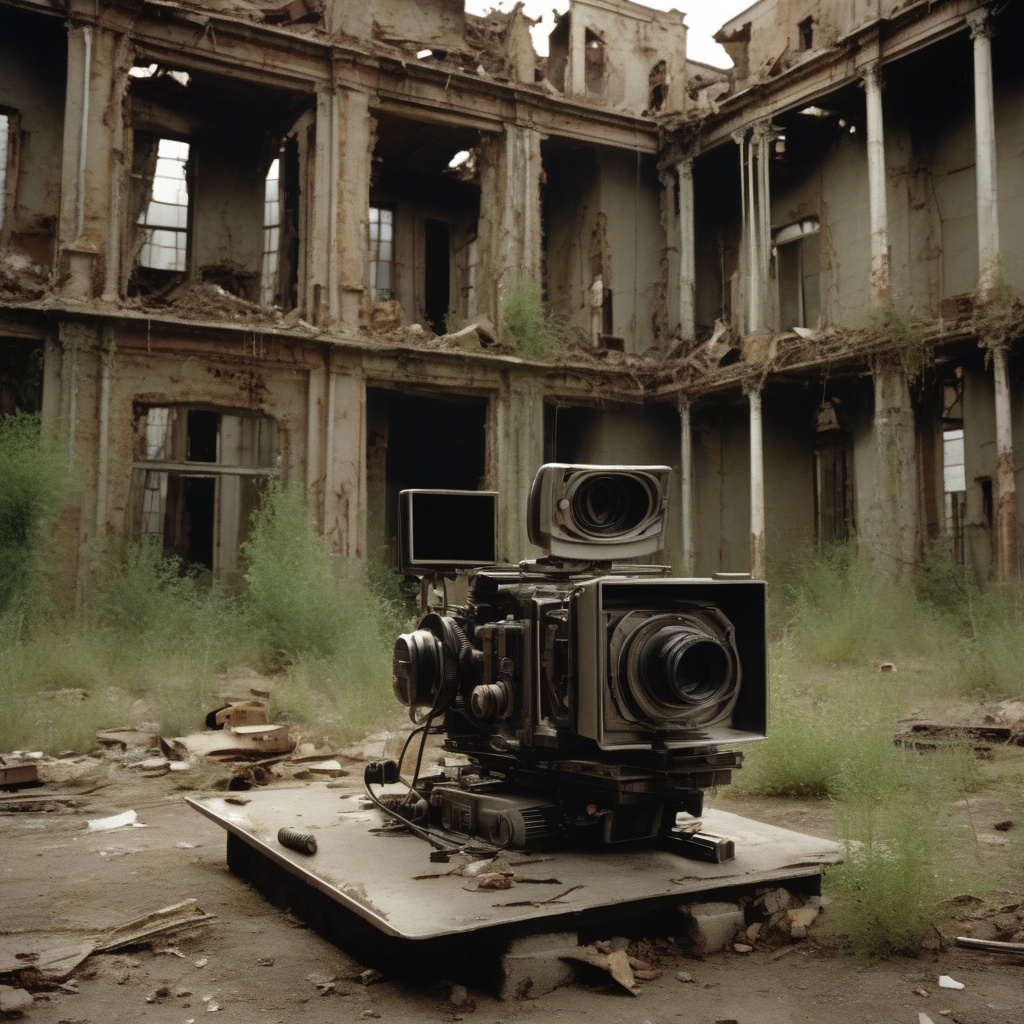In a bold move that is causing ripples in the film industry, director Danny Boyle chose to shoot his latest post-apocalyptic thriller, “28 Years Later,” entirely on iPhones. This decision marks a significant departure from his previous work, notably “28 Days Later,” which he shot using Canon digital cameras to capture the haunting desolation of an abandoned London and the relentless terror of fast-moving zombies.
Boyle’s choice to use iPhones for “28 Years Later” showcases his innovative spirit and willingness to push the boundaries of traditional filmmaking. By leveraging the capabilities of these ubiquitous devices, Boyle was able to achieve a level of flexibility and intimacy that would have been challenging with conventional camera setups. The use of iPhones allowed him to capture raw, gritty footage that resonates with the chaotic and frenetic energy of the post-apocalyptic world he envisioned.
One of the key advantages of shooting with iPhones is their portability and ease of use. The compact size of the devices enabled Boyle and his crew to maneuver seamlessly through tight spaces and capture dynamic shots from unique angles. This mobility was crucial in creating a sense of immediacy and immersion for the audience, drawing them into the heart-pounding action unfolding on screen.
Furthermore, the quality of cameras on modern iPhones has reached a level where they can deliver stunning visuals that rival traditional film equipment. The latest models offer impressive resolution, dynamic range, and low-light performance, giving filmmakers like Boyle the tools they need to bring their creative vision to life. By embracing this technology, Boyle was able to achieve a cinematic look and feel for “28 Years Later” that captivates viewers and elevates the overall viewing experience.
Boyle’s decision to shoot “28 Years Later” on iPhones also reflects a broader trend in the entertainment industry towards embracing mobile filmmaking. With advancements in smartphone technology, filmmakers now have access to high-quality cameras, professional editing software, and distribution platforms right at their fingertips. This democratization of filmmaking empowers storytellers to create content that is innovative, cost-effective, and accessible to a global audience.
Ultimately, Boyle’s choice to shoot “28 Years Later” with iPhones is a testament to his creative vision and willingness to embrace new possibilities in filmmaking. By harnessing the power of these versatile devices, he has not only challenged the status quo but also opened up exciting new avenues for future filmmakers to explore. As the boundaries between traditional and mobile filmmaking continue to blur, we can expect to see more groundbreaking projects that push the limits of creativity and redefine the art of storytelling on screen.

